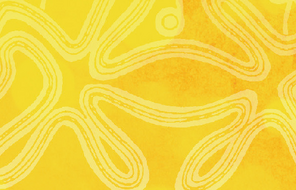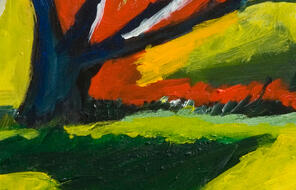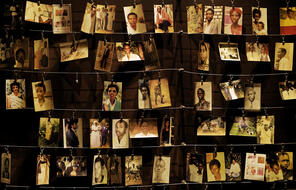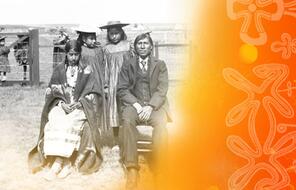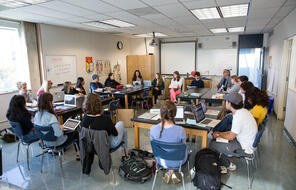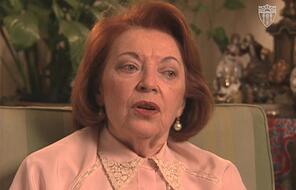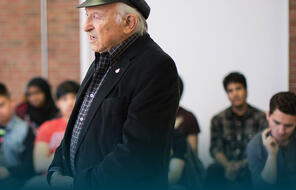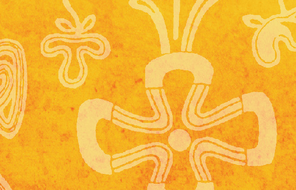The Experience of Students
Aside from those who paid the highest price—their lives—many students suffered lifelong trauma, which has also been passed on to children and grandchildren. Psychologists call this intergenerational trauma. For most—though not all—residential school students, those emotional scars were primarily the result of the nature of the schools. The first shock was being forced to leave home. Garnet Angeconeb is an Anishinaabe elder from the Lac Seul First Nation in Northern Ontario and a survivor of the Pelican Lake Indian Residential School. He writes: “I was ripped away from my loving family. . . . I was afraid. I was lost. I was so lonesome. I felt betrayed. I felt abandoned.” 1
As soon as the children were taken from their parents and placed in the school, the school staff forbade them from speaking their indigenous languages—the first step in a journey leading to their assimilation. The schools followed directions from the central authorities; for instance, one directive in Nova Scotia instructed teachers: “Every effort must be made to induce pupils to speak English and to teach them to understand it. Insist on English during even the supervised play. Failure in this means wasted efforts.” 2
Many of the children did not speak any other language besides their indigenous mother tongue, so they were confused and harshly punished for misunderstanding staff directions. At times, speaking an indigenous language led to severe physical punishment, isolation, and humiliation. Former students report having a needle pushed through their tongues and receiving electric shocks. 3 The message was heard loud and clear: indigenous languages were inferior to English or French and should be discarded.
Religious instruction was also a high priority, and this was enforced vigorously. The goal for many of the religious orders that ran the schools was to convert the children to Christianity and replace indigenous values and spiritualism once and for all. In an effort to instill in the students fear of the Christian God, some instructors frightened the children with images of the horrors awaiting them if they did not embrace Christianity. One student at the Kalamak Indian Residential School remembered that Christian terminology was used to scare students into submission:
That night, just before she turned the lights off, Sister Maura taught us how to pray on our knees with our hands folded. Then she told us about devils. She said they were waiting with chains under our beds to drag us into the fires of hell if we got up and left our beds during the night. When she turned the lights off I was scared to move, even to breathe. I knew those devils would come and get me if I made a sound. I kept really still. . . . Someone was crying. A long time later, I was still afraid to get up and use the bathroom. In the morning my bed was wet and Sister Superior strapped me. I had to wear a sign . . . saying, I was a dirty wetbed. 4
Such strict discipline, which was often just another name for abuse, added to the isolation and separation students felt once they were severed from their families. Many students reported a loveless childhood, coupled with humiliation and degradation by school staff. Hunger, poor nutrition, and repetitive food items were common complaints. As one student remembered: “I was always hungry. . . . At school, it was porridge, porridge, porridge, and if it wasn’t that, it was boiled barley or beans, and thick slices of bread spread with lard. Weeks went by without the taste of meat or fish. Such things as sugar or butter or jam only appeared on our tables on feast days, and sometimes not even then . . . I believe I was hungry for all seven of the years I was at school.” 5
Over and above the daily sufferings, the schools proved to be a breeding ground for all manner of sadistic verbal, physical, and sexual abuses. Poorly supervised priests, nuns, and laymen often used their positions of power to carry out assaults on the bodies of defenseless children. 6 These experiences had many detrimental effects for the students who attended the schools. They continue to torment not only the former residential school students themselves but also their families and communities.
- 1Speech by Garnet Angeconeb, Aboriginal Healing Foundation website. See also Jennifer Morrow, Starting to Talk: A Guide for Communities on Healing and Reconciliation from the Legacy of Indian Residential Schools, Sioux Lookout Anti-Racism Committee, 2.
- 2Isabelle Knockwood, Out of the Depths: The Experience of Ni’kmaw at the Indian Residential School at Schubenacadie, Nova Scotia. (Lockport, NS: Roseway Publishing, 1992), 47
- 3“These schools are our schools,” The Economist, October 9, 2013.
- 4Shirley Sterling, My Name is Seepeetza (Toronto: Groundwood, 2008), 19.
- 5Bridget Moran, Stoney Creek Woman: The Story of Mary John (Vancouver: Arsenal Pulp Press, 1988), 38; see also the biography of Mary John in Margaret Freehan, Stories of Healing from the Native Indian Residential Schools Abuse (master’s thesis, University of Alberta, 1996), 34. We have used Freehan’s well-documented thesis in this and other sections. Wherever possible, we quoted the original texts she used.
- 6Details on these issues and survivors’ testimonies are provided in the “Truth and Reconciliation” section in a later part of this guide.
How to Cite This Reading
Facing History & Ourselves, “The Experience of Students”, last updated July 28, 2020.



